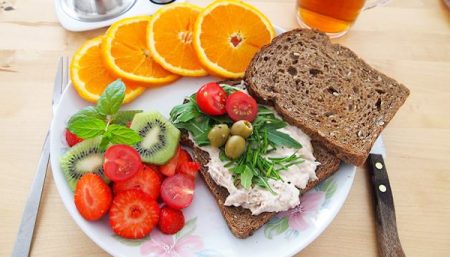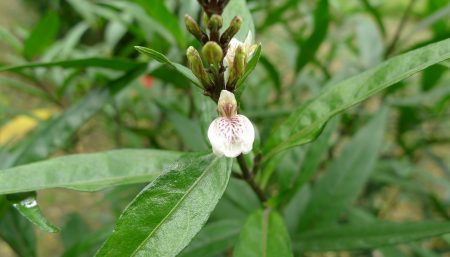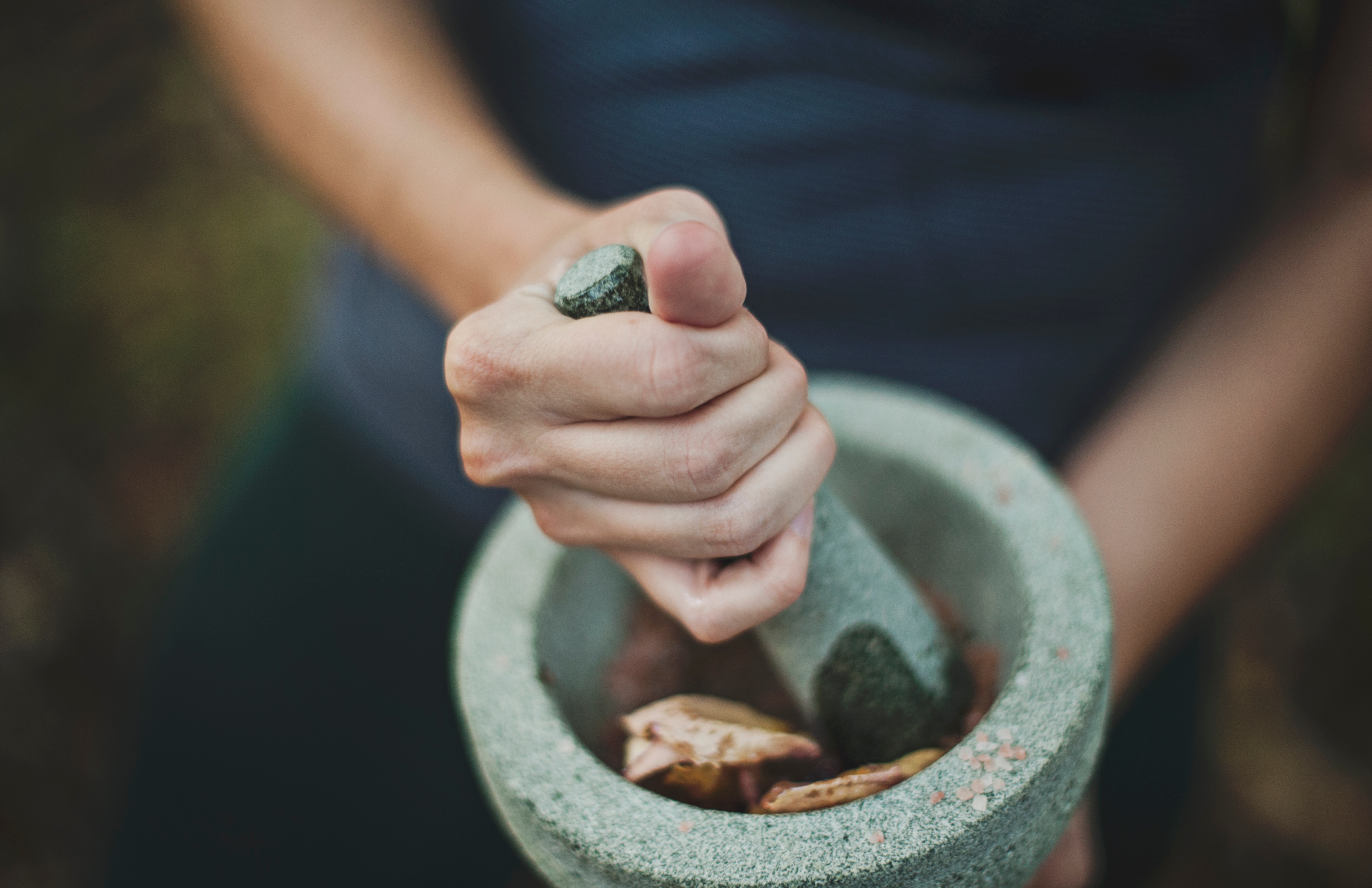
Medicinal plants occupy an important position for being the paramount sources of the discovery of pharmacologically active compounds. Plants serve as a source of new drugs for treating diverse form of diseases including HIV/AIDS. According to Rate (2001), 25% of the drugs prescribed worldwide come from plants, one hundred and twenty one (121) such active compounds being in current use. Of the two hundred and fifty two (252) drugs considered as basic and essential by the WHO, 11% are exclusively of plant origin and a significant number are synthetic drugs obtained from natural precursors.
HIV is a terrible virus characterised by attacking the human immune system which makes the immune cells weak and unable to fight against it thereby leading to illness. As the illness develop, it interferes more and more with the immune system, making the victim much more likely to get infections, namely opportunistic infections like tuberculosis, diarrhoea, skin rashes, dysentery, fever, gonorrhoea, cancer, vaginal and oral thrush. The final stage in the life cycle of HIV is known as AIDS (Acquired Immunodeficiency Syndrome).
Some herbs, which can be evaluated for powerful anti- HIV compounds are,
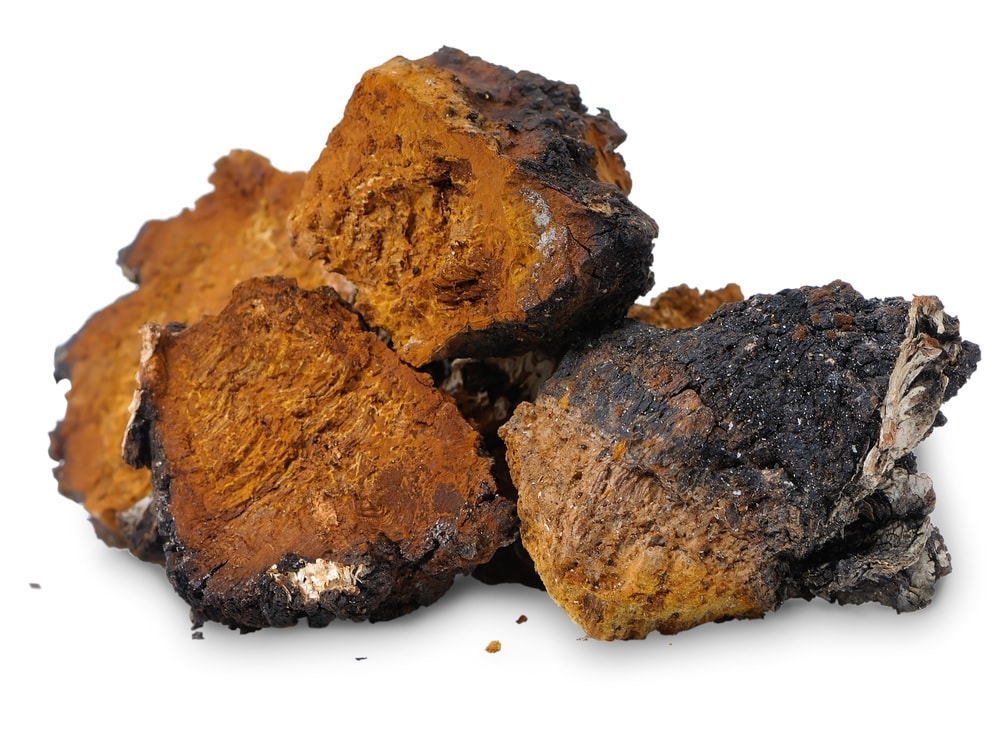
- Siberian Mushroom: Scientists at Russia’s Vector Institute near Novosibirsk claim that, according to their investigations, a mushroom that grows on the trunks of birch trees in Siberia may hold the cure for AIDS. Experiments have shown that a chemical compound found in mushroom called, betulinic acid has both anti-inflammatory and antiretroviral properties. Because of this, the researchers theorize that it could successfully be used to treat HIV infections and other similar conditions. Laboratory tests show the acid is toxic to cancer cells and slows the growth of several kinds of tumor cells and HIV, according to the American Cancer Society.
- Nigella Sativa: Also known as ‘black seed’. A remarkable case study published in August of this year in the African Journal of Traditional, Complementary, and Alternative Medicine described an HIV patient who after undergoing treatment with a black seed extract experienced a complete recovery, with no detectable HIV virus or antibodies against HIV in their blood serum, both during and long after the therapy ended.
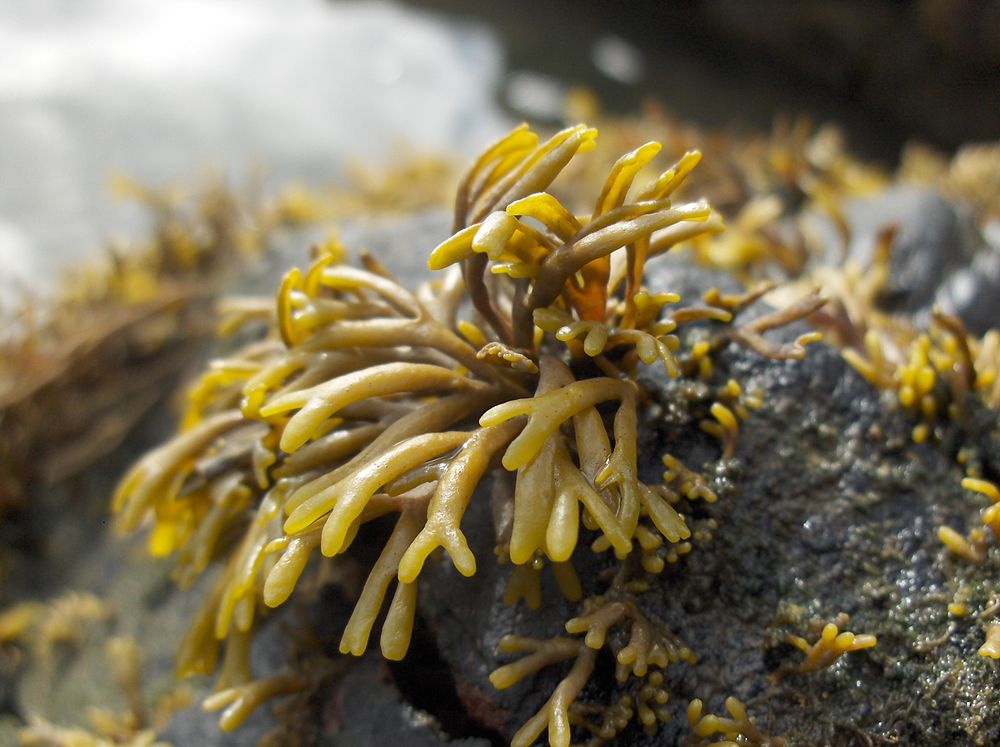
- Marine brown algae (Lobophoro variegata): A brown algae found in the Red Sea contains compounds that researchers suspect may help develop an inhibitor for some strains of HIV. L. variegata is a common brown alga that thrives in the coral reefs of the Caribbean, the Indian Ocean and the Red Sea. It contains high concentrations of phenolic compounds, mainly bromophenols, and no previous studies had identified its antiviral effects. The scientists exposed aqueous extracts of the brown algae to various patient-derived HIV-1 strains grown in peripheral blood mononuclear cells prepared from the whole blood of healthy donors. The algae extracts were non-toxic and inhibited the replication of the HIV-1 strains in the cells.
- Rosa damascena: More commonly known as the Damask rose, or sometimes as the Rose of Castile, is a rose hybrid, derived from Rosa gallica and Rosa moschata. The effects of water and methanol extracts of Rosa damascena on HIV infection were studied in vitro. Rose damascena exhibited some anti-HIV activity.
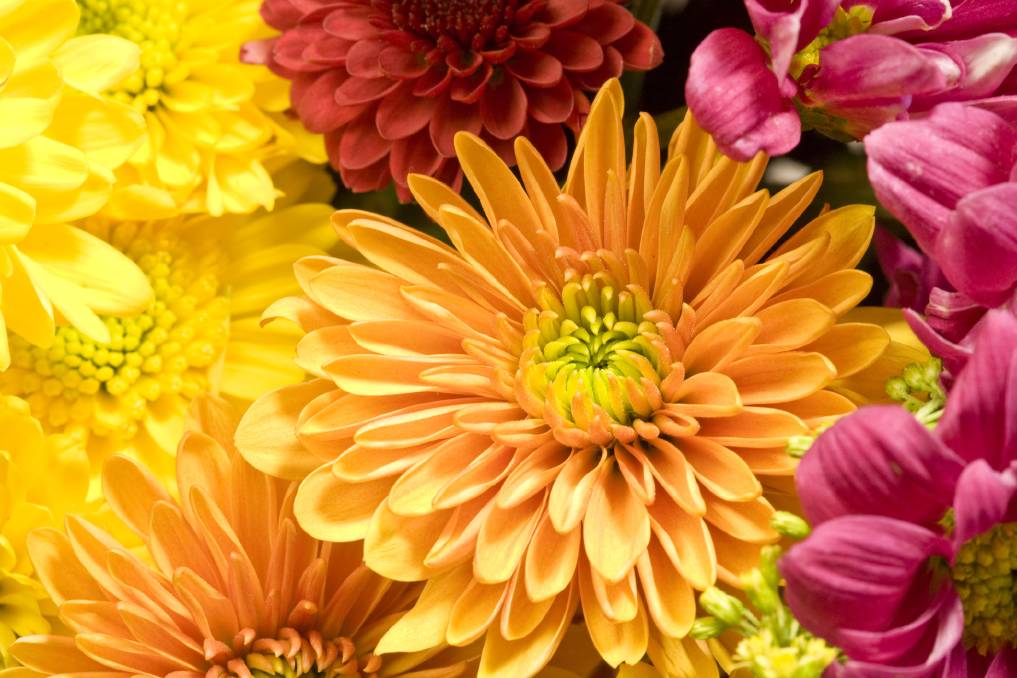
- Chrysanthemum Flowers (Morifolii): contains a flavonoid compound called acacetin-7-O-beta-D-galactopyranoside, active against HIV infection.
Consult your physician before taking the herbs, especially if you are on other medication that may adversely react with it.
Disclaimer
The Content is not intended to be a substitute for professional medical advice, diagnosis, or treatment. Always seek the advice of your physician or other qualified health provider with any questions you may have regarding a medical condition.
